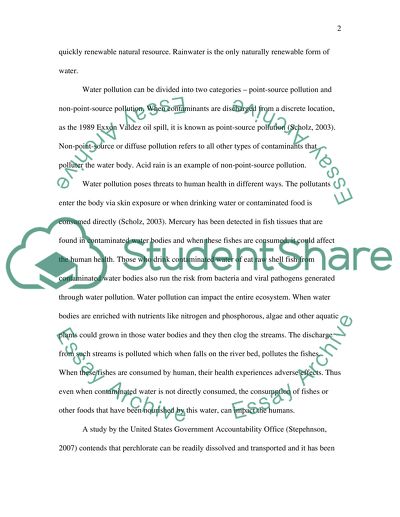Cite this document
(Contamination of Water Assignment Example | Topics and Well Written Essays - 2250 words, n.d.)
Contamination of Water Assignment Example | Topics and Well Written Essays - 2250 words. Retrieved from https://studentshare.org/environmental-studies/1551468-enlgish-2-water-pollution
Contamination of Water Assignment Example | Topics and Well Written Essays - 2250 words. Retrieved from https://studentshare.org/environmental-studies/1551468-enlgish-2-water-pollution
(Contamination of Water Assignment Example | Topics and Well Written Essays - 2250 Words)
Contamination of Water Assignment Example | Topics and Well Written Essays - 2250 Words. https://studentshare.org/environmental-studies/1551468-enlgish-2-water-pollution.
Contamination of Water Assignment Example | Topics and Well Written Essays - 2250 Words. https://studentshare.org/environmental-studies/1551468-enlgish-2-water-pollution.
“Contamination of Water Assignment Example | Topics and Well Written Essays - 2250 Words”, n.d. https://studentshare.org/environmental-studies/1551468-enlgish-2-water-pollution.


